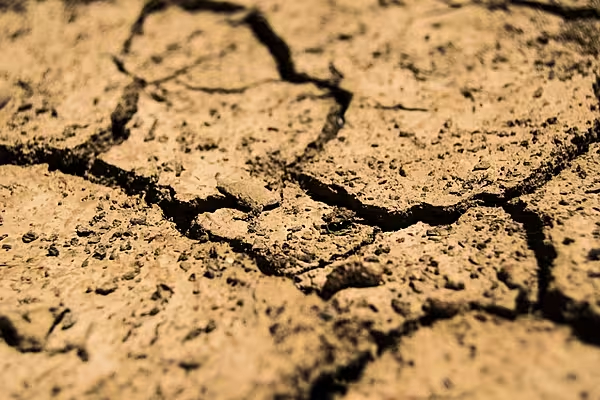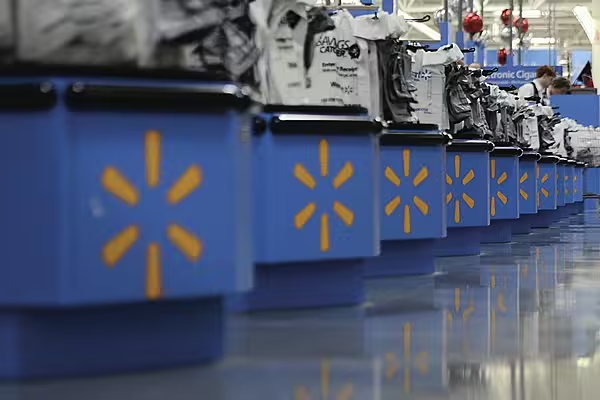With almost all of Texas in drought, ranchers are sending ever more cattle off to slaughter, a trend likely to increase beef prices over the long term due to dwindling supply from the largest cattle region in the United States.
Since mid-July, more than 93% of Texas has been in drought, according to the United States Drought Monitor. As of mid-August, more than 26% of Texas was at the highest level, characterized by widespread loss of pastures and crops as well as water shortages.
While conditions are especially acute in Texas, about 54% of all US cattle were in some form of drought as of 16 August, up from 36% a year earlier. Cattle slaughter is high nationwide, temporarily increasing supply but portending tighter supplies in future years.
Paul Craycraft, co-owner of the East Texas Livestock Auction in Crockett, said dry pastures are depriving cattle of an important food source, while making it more expensive for ranchers to supplement their herds' diet with hay and feed.
'Getting Rid Of A Lot Of Cows'
"We've had I don't how many 100-degree (38 C) days and you can see out here, you know, the grass is gone," Craycraft said. "The cows are beginning to lose weight. The cows are weak because there's no protein. So we're getting rid of a lot of cows."
About 75% of the cows sold at auction the past two months have been sent to the slaughterhouse, Craycraft said, up from 30% to 40% in normal years.
Wesley Ratcliff, founder of Caney Creek Ranch in Oakwood, said he got an early start selling 50 of his 500 cows this year as the drought worsened.
"They were older mama cows and they might have gone and had another baby for us," Ratcliff said. "But rather than wait on them to have another baby, we went on to ship them to the meat factory."
Texas A&M University agricultural economist David Anderson said consumers can expect higher prices long-term due to what is happening in Texas, which according to the US Department of Agriculture has more than 4.5 million beef cows, or 14% of the US inventory.
"The pressure will be on for higher prices, higher cattle prices, higher beef prices over the next several years as the effects of this are felt," Anderson said. "We're going to face tighter supplies of beef. And tighter supplies of beef, with nothing else going on, means higher prices."














